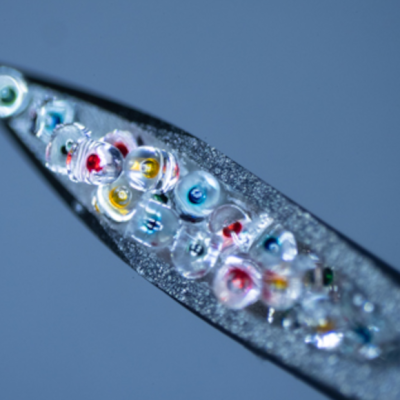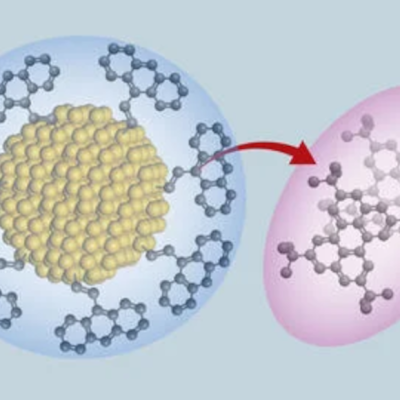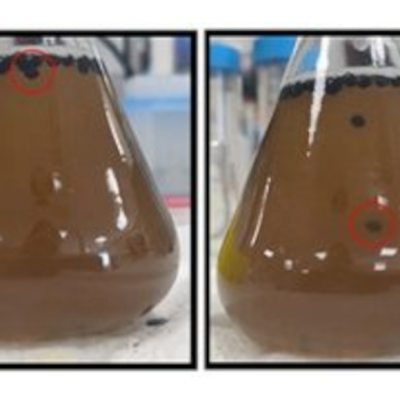A recent study conducted by researchers from Cornell University and Binghamton University has revealed that metal oxide nanoparticles, commonly used in food coloring, may negatively affect the human digestive system. Nanoparticles are microscopic particles that are used to improve the stability, solubility, and color intensity of food coloring. They are created by reducing color particles to nanometer size, which provides a larger surface area, making them more reactive and improving their distribution in food products. The improved dispersion ability leads to increased color stability, as the nanoparticles are less likely to clump or fall out of the food product.
However, the study found that metal oxide nanoparticles, such as titanium dioxide and silicon dioxide, which are commonly used in the food industry as coloring agents and anti-caking agents, could impair certain areas of the human digestive system. The researchers found that these nanoparticles had a negative impact on essential digestive and absorption proteins. The study used an in vivo system that produced a health response similar to that of humans, administering human-equivalent doses of titanium dioxide and silicon dioxide to chicken eggs. The researchers then observed changes in functional, morphological, and microbial biomarkers in the blood of the upper part of the intestine (duodenum) and the cecum, a pouch attached to the intestine.
Despite the findings, the researchers do not call for an end to the use of these nanoparticles. They emphasize the need for further research to fully understand the effects and possible alternatives. The study highlights the importance of being mindful of the consumption of these nanoparticles, as their long-term effects are not yet fully understood. The researchers hope that their findings will open the door for further discussions and investigations into the use of nanoparticles in the food industry.










